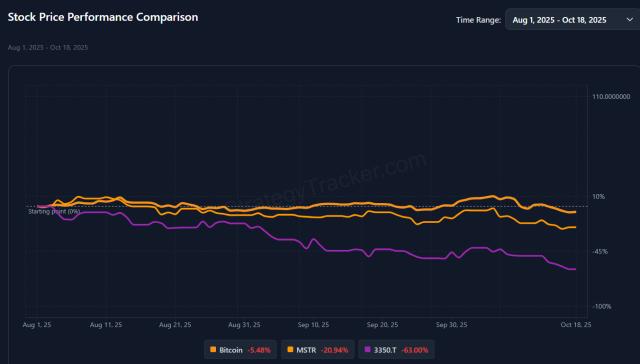Cover: Photo by Debby Hudson on Unsplash
The widespread adoption of AI agents is moving from "semantic interaction" to "value execution." AP2 targets a core pain point: enabling AI to not only "speak" but also "pay." It defines the "agent payment layer" as a critical intermediary layer in the future AI business ecosystem. This research report, authored by Clare Yang of Web3Caff Research, systematically analyzes the AP2 protocol's core technology stack, architecture, and ecosystem implementation path, and conducts a four-fold verification analysis:
① Technical architecture: A three-tier authorization system combines zero-knowledge and MPC to build a trusted execution framework;
② Payment mechanism: Stablecoin liquidation and on-chain accounts work together to form an efficient capital circulation layer;
③ Application scenarios: covering personal financial management assistant, institutional settlement and DeFi automated execution;
④ Risk and Challenges: Focus on identity authentication, systemic security and compliance coordination mechanisms.
The report is accompanied by a key structure diagram and a schematic diagram of key mechanisms.
The promulgation of MiCA brings these innovative businesses under a unified regulatory framework for the first time. This change not only impacts the European market but also serves as a compliance benchmark for crypto-asset companies worldwide: going forward, all service providers involved in portfolio management, staking, and copy trading will be required to address regulatory challenges head-on. This article explores these challenges for you, so take a quick look.
Federal crypto legislation in the United States is advancing rapidly. In the past three months, President Trump signed the Guiding and Establishing a National Innovation Stablecoin Act (GENIUS Act), and the House of Representatives passed the landmark Digital Asset Market Clarity Act with overwhelming bipartisan support. This article details five targeted, proactive measures. Read on for a quick overview.
Most corporate crimes involve criminal risks arising from a company's business practices. However, one commonality is that many companies do not intentionally violate the law, but rather believe they are operating legally. However, the legality of a company's operations can be determined by more than just looking at legal regulations. This article explores this topic for you. Please read it quickly.
Currently, most mainstream businesses remain more curious about stablecoins than enthusiastically embrace them. They're more concerned with faster and cheaper payments than the crypto industry's hype. In many countries, domestic consumer payments already operate well: real-time, 24/7, and at low cost. Cross-border payments present a different challenge, as this article explains. Read on for a quick overview.
With the rapid development of blockchain technology, Japan has become a key player in the global cryptoasset market, attracting not only numerous developers and individual investors but also numerous Web3 institutions exploring the future of digital finance in Japan. Driven by both technological innovation and risk management, Japan's cryptoasset ecosystem is gradually maturing, as this article explores.
Cryptocurrency legislation is advancing rapidly at the federal level in the United States. In the past three months alone, President Trump signed the U.S. Stablecoin Guidance and National Innovation Act, and the House of Representatives passed the landmark Digital Asset Market Clarity Act with overwhelming bipartisan support. This article breaks it down for you, so take a quick look.
Cryptocurrency is no longer a marginal corner of the global economy; it's reshaping the financial services and business landscape. As adoption accelerates and crypto transactions increasingly intersect with traditional banking systems, compliance teams face increasing pressure to keep up. However, the greatest risk isn't simply engaging with crypto; it's simply not knowing the risks involved. This article explores the risks, so take a quick look.
On October 1, 2025, the U.S. Senate Finance Committee held a hearing titled "Review of Digital Asset Taxation." Judging from the development history of U.S. digital asset tax policy and the current state of the crypto tax system, this meeting was both a concentrated expression of the industry's existing demands and a reflection of future regulatory development trends. This article discusses this for you, please take a quick read.
10 news stories worth watching this week
- Ethereum Fusaka upgrade is now live on the Sepolia testnet

- US indicts Chen Zhi, leader of Asia's largest transnational criminal organization

- New York City Mayor Eric Adams establishes the nation’s first mayoral-level Office of Digital Assets and Blockchain

- Japan to introduce new rules to ban cryptocurrency insider trading

- Akash Network may migrate to other chains

- Circle Asia Pacific Vice President: No plans to issue Hong Kong dollar-denominated stablecoins, but open to cooperation

- Tria, a self-custodial digital bank, has secured $12 million in pre-seed and strategic funding.

- Stablecoin fintech company Crown completes $8.1 million seed round of financing , led by Framework Ventures

- Decentralized AI platform 4AI completes $6 million in strategic financing , with participation from 0xLabs and others

Disclaimer: As a blockchain information platform, the articles published on this site solely reflect the personal views of the authors and guests and do not represent the position of Web3Caff. The information within these articles is for reference only and does not constitute any investment advice or offer. Please comply with the relevant laws and regulations of your country or region.
Welcome to join the Web3Caff official community : X (Twitter) account | Web3Caff Research X (Twitter) account | WeChat reader group | WeChat public account








